IT and New Media
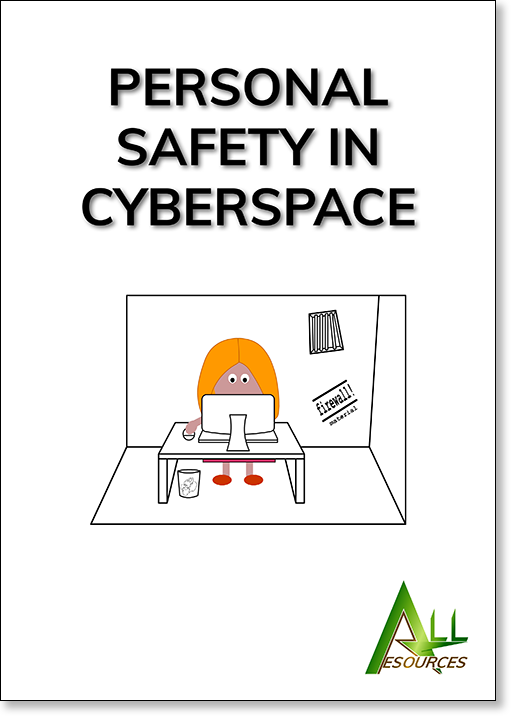
Personal Safety in Cyberspace
This pack looks at the dangers of online grooming, malicious software, webcams, cyberbullying and scams.
- Age range: 12 years and upwards
- Category: Schools
- Last revised: 2023
- Pages: 73
- Illustrated throughout
Hard copy: £25.99 add to basket
IT and New Media Lesson Plans
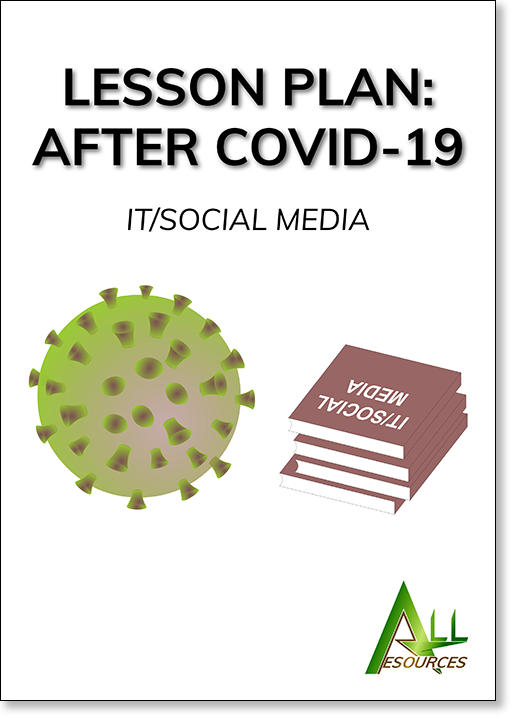
After COVID-19 — IT/Social Media
A lesson plan that looks at IT and social media and their uses during the coronavirus lockdown.
- Age range: 12 years and upwards
- Category: Lesson plan
- Last revised: 2021
- Pages: 15
- Duration: 55 mins – 1 hour
Hard copy: £10.99 add to basket
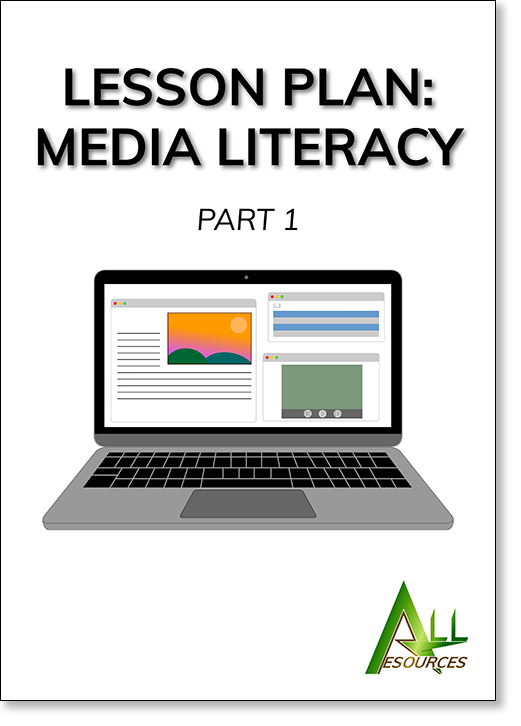
Media Literacy — Part 1
This covers skills linked to media literacy including definitions and handouts for the classroom.
- Age range: 12 years and upwards
- Category: Lesson plan
- Last revised: 2022
- Pages: 17
- Duration: 1 hour
Hard copy: £10.99 add to basket
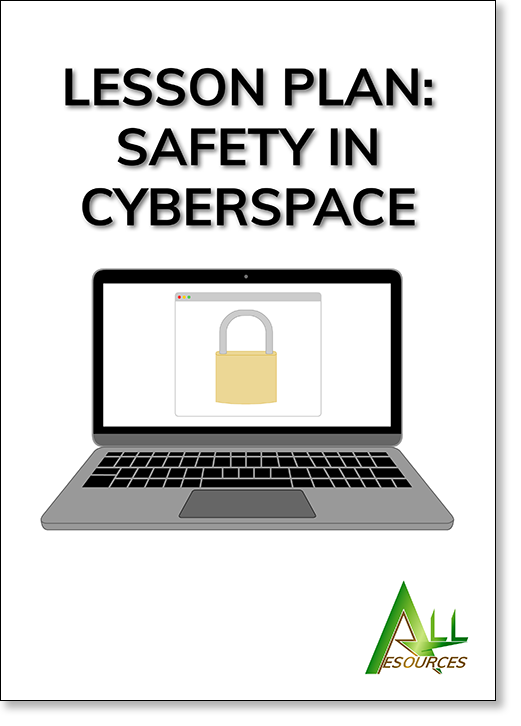
Safety in Cyberspace
This lesson plan examines the dangers of the internet and how to stay safe on the web.
- Age range: 12 years and upwards
- Category: Lesson plan
- Last revised: 2022
- Pages: 14
- Duration: 50 mins – 1 hour
Hard copy: £10.99 add to basket
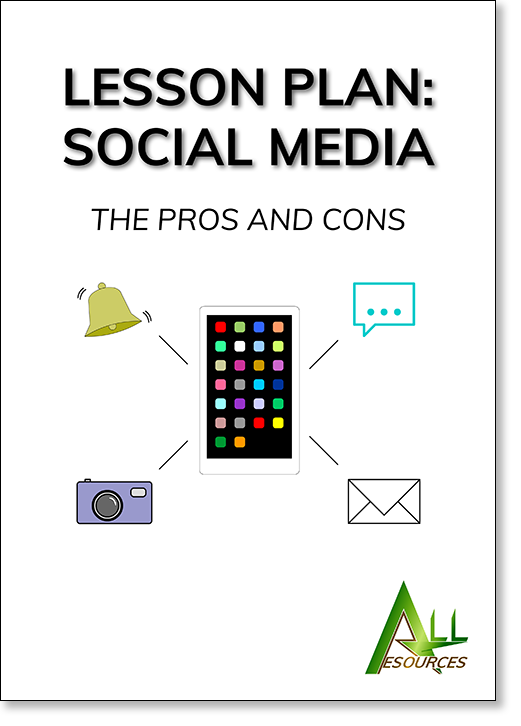
Social Media — The Pros and Cons
A lesson plan on social media. It goes into the benefits of social media as well as social media safety.
- Age range: 12 years and upwards
- Category: Lesson plan
- Last revised: 2022
- Pages: 18
- Duration: 1 hour 20 mins
Hard copy: £10.99 add to basket
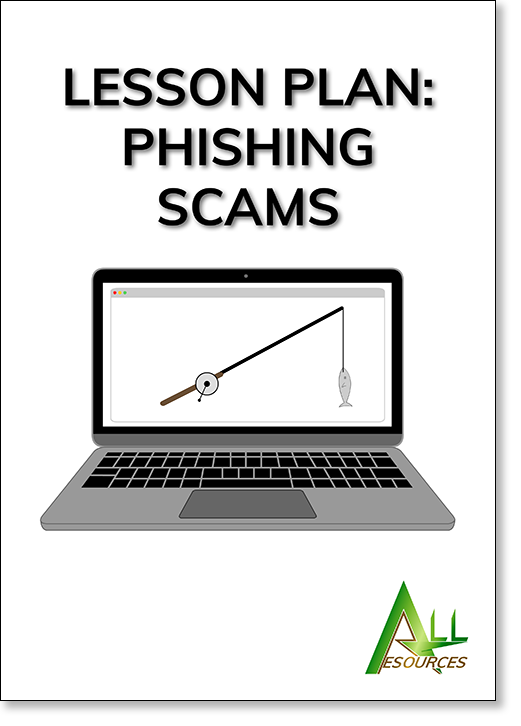
Phishing Scams
A lesson plan on phishing and the different types of phishing scams used online.
- Age range: 12 years and upwards
- Category: Lesson plan
- Last revised: 2022
- Pages: 15
- Duration: 55 mins – 1 hour
Hard copy: £10.99 add to basket
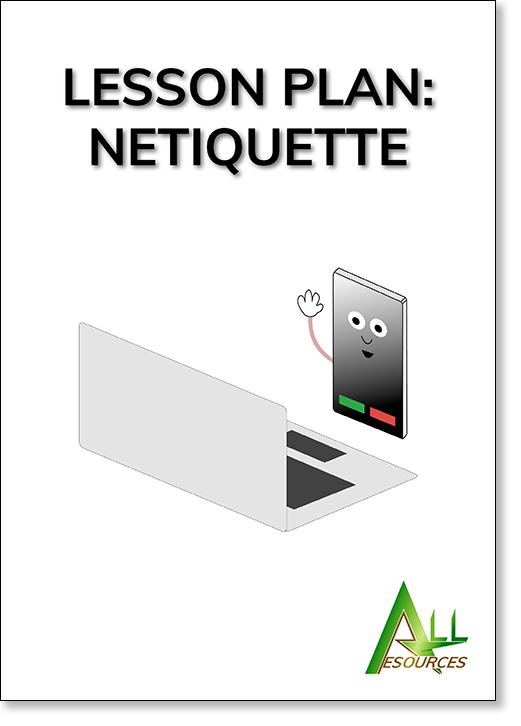
Netiquette
A lesson plan on netiquette and the different ways of behaving online.
- Age range: 12 years and upwards
- Category: Lesson plan
- First published: 2022
- Pages: 10
- Duration: 55 mins – 1 hour
Hard copy: £10.99 add to basket
IT and new media is the field related to anything connected to computing technology. We live in a technology-driven world and our lives can be influenced by digital media — also known as new media. Behind this new media is a host of IT, or information technology, such as computers & computer networks, hardware and software, which stores and transmits the information. It includes the internet & web development, social networking sites, mobile telephony, video gaming, interactive digital media and a variety of technological devices.
Technology is a key part of modern society. We rely on IT in the workplace as well as personal computing in the home, when interacting with friends, managing financial transactions, and during our leisure time. There is no doubt that technology makes life easier, faster and more fun.
Types of New Media
New media is delivered digitally — via internet usage, search engines, apps & app stores, mobile phone, tablet or some other smart device. This includes:
- Blogs
- Vlogs and video streams
- Podcasts
- Streamed music
- Computer games
- Websites and online news sites
- Virtual online worlds
- Social networks
With normal, mainstream media such as TV, radio and newspapers, most of us know that the content and means of communicating is owned and controlled by large organisations such as Netflix, Disney, Fox News and the BBC. With new media, while some content is owned by the users, much of it is controlled by the owners of media platforms such as Google, Twitter, Facebook and YouTube.
Digital literacy is a key element of today’s technological world. We need to engage with media content in order to analyse and evaluate what we see and hear. To do this we must develop analytical skills so that we can make use of the information we receive. As we analyse information we are better placed to spot media bias, stereotyping, unfair reporting, speculation and inappropriate material.



